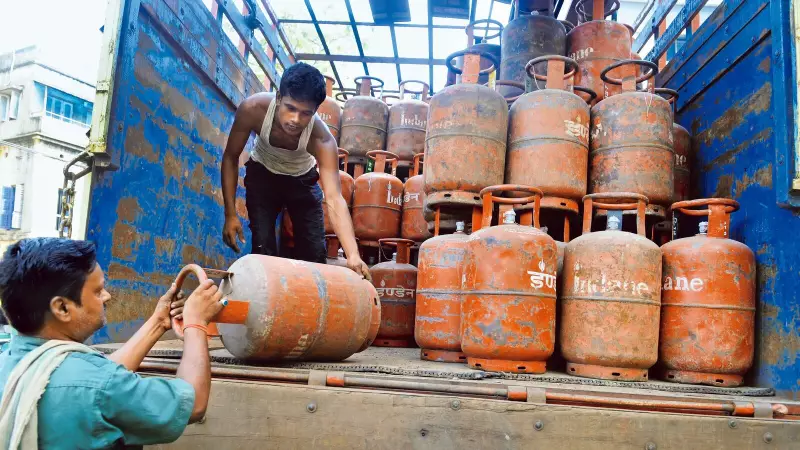
In a significant relief for restaurants, hotels, and various commercial establishments across India, oil marketing companies have announced a substantial reduction in commercial LPG cylinder prices effective November 1, 2023. This price revision brings much-needed financial respite to businesses heavily dependent on cooking gas for their daily operations.
Revised Commercial LPG Prices Across Major Cities
The price reduction varies slightly across different cities, reflecting local taxes and transportation costs. Here's the detailed breakdown of the new commercial LPG rates:
Delhi: The commercial LPG cylinder price has been reduced by ₹30.50, bringing the new rate to ₹1,769 per 19-kg cylinder.
Mumbai: Businesses in the financial capital will now pay ₹1,749.50 per cylinder, marking a decrease of ₹30.50 from previous rates.
Chennai: The southern metro sees a price cut of ₹29, with the new price settling at ₹1,849 per commercial cylinder.
Kolkata: Eastern India benefits from a ₹30.50 reduction, making the new price ₹1,859 per cylinder.
What This Means for Indian Businesses
This price reduction comes as excellent news for various sectors including:
- Restaurants and Food Chains: Significant reduction in operational costs
- Catering Services: Improved profit margins during wedding and festival seasons
- Street Food Vendors: Enhanced affordability for small businesses
- Hospitality Industry: Lower overhead costs for hotels and resorts
Domestic vs Commercial LPG: Understanding the Difference
It's important to note that this price reduction applies specifically to commercial LPG cylinders, which are typically 19-kg containers used by businesses. Domestic LPG cylinders, used by households, continue under the government's subsidy scheme and maintain separate pricing structures.
The timing of this price cut is particularly beneficial as it precedes the busy winter and festival season, when commercial cooking gas consumption typically sees a significant surge due to increased dining out and celebration events.
Industry experts suggest that this move could help stabilize prices in the food service sector and potentially benefit consumers through maintained menu prices despite other inflationary pressures.





